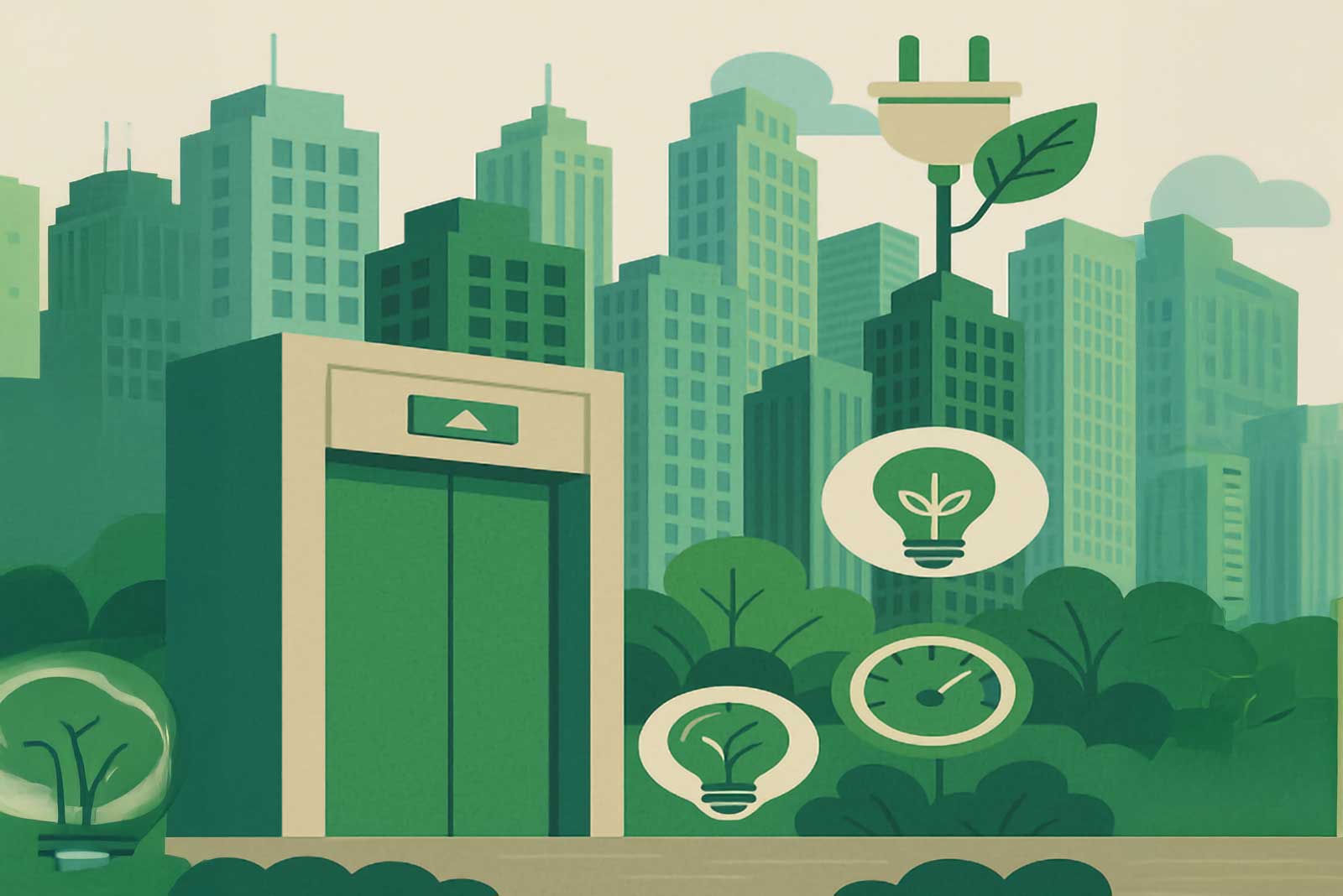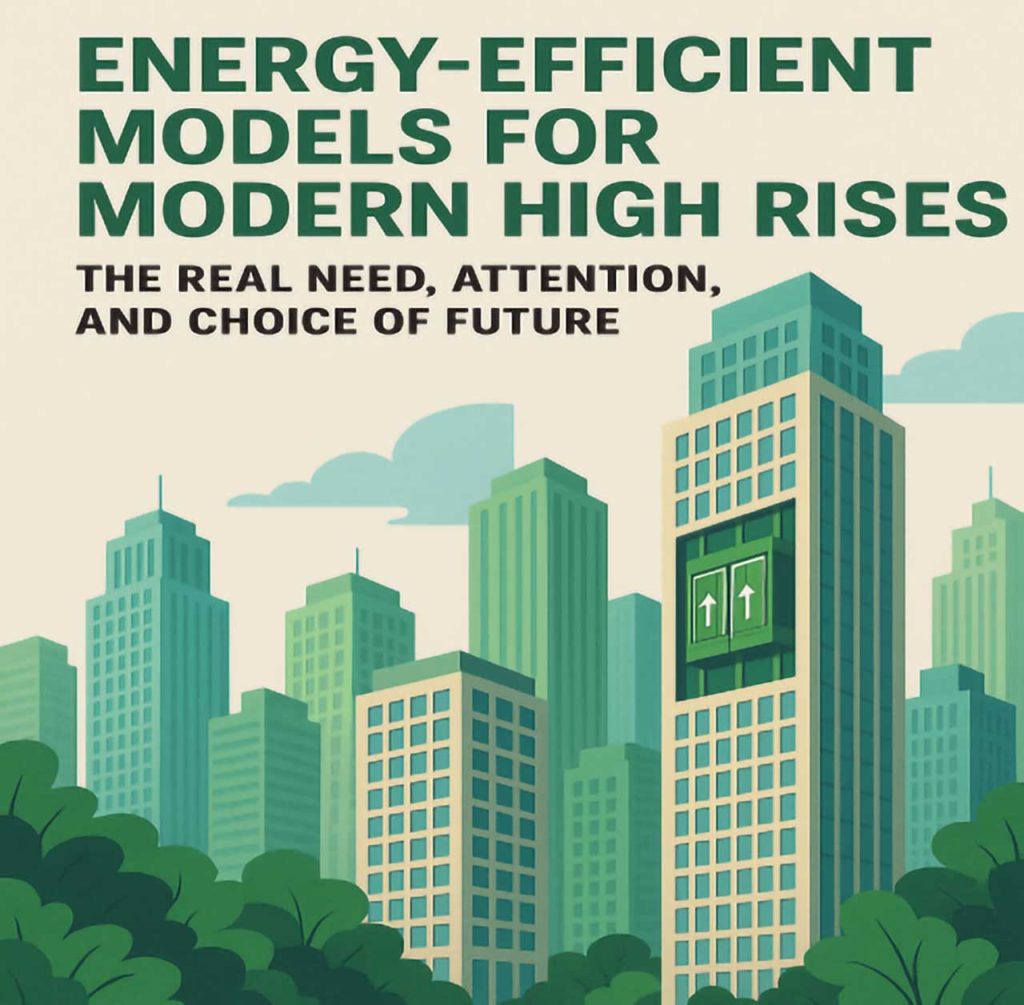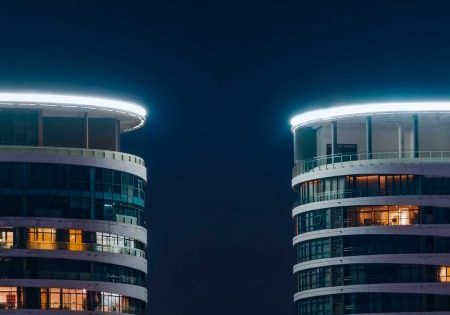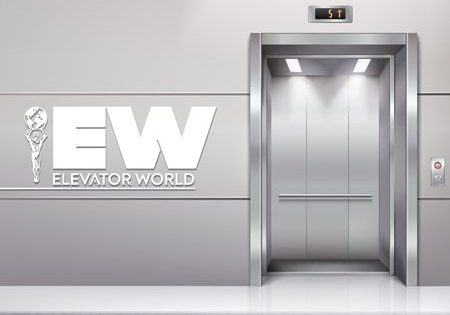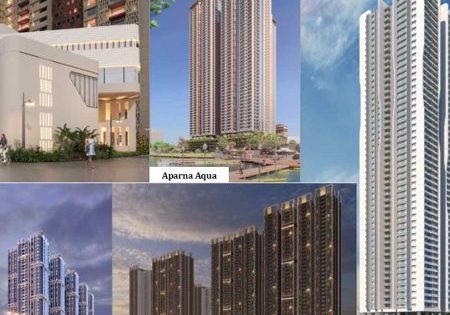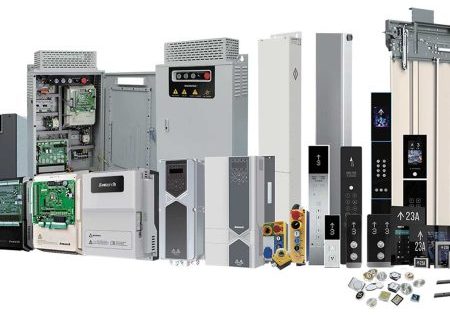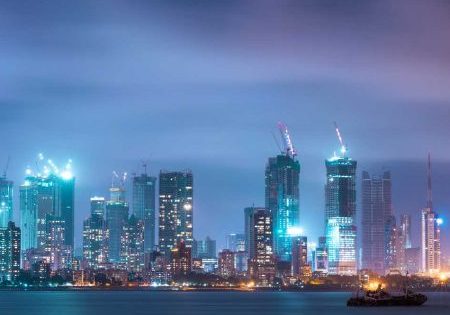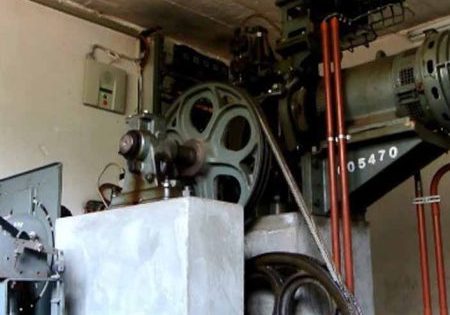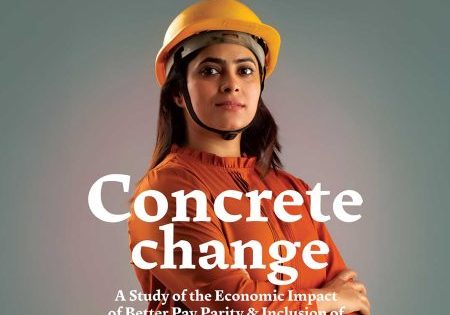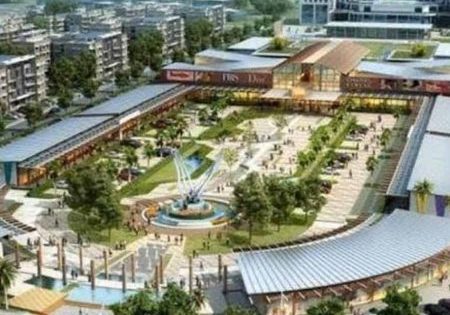The real need, attention and choice compulsion for VT buyers in the near future
As the world pivots toward sustainable development, vertical-transportation (VT) systems are undergoing a significant transformation. With modern high rises defining skylines, energy-efficient VT models have become not just a luxury but a necessity. Let’s explore the evolving landscape of sustainable VT, emphasizing why buyers and sellers should align with key sustainability factors to meet the demands of the future.
Why Sustainable VT Matters
High-rise buildings consume a substantial amount of energy, with elevators accounting for up to 10% of a building’s total energy usage. As cities become denser and buildings soar higher, the cumulative impact of inefficient VT systems grows more severe. This creates an urgent need for energy-efficient, eco-conscious VT solutions that are greener and sustainable.
Energy-Efficient Models and Technologies
Emerging technologies are revolutionizing VT systems, providing smarter and greener alternatives. Notable innovations include:
- Regenerative Drives: Capturing and reusing energy during descent
- Destination Control Systems (DCS): Optimizing passenger flow to reduce energy usage
- Lightweight Materials: Reducing the overall weight of components to lower power requirements
- Internet of Things (IoT) and AI Integration: Predicting maintenance needs and optimizing routes for minimal energy consumption
These advancements not only make VT systems more sustainable, but also improve their operational longevity and efficiency.
Online Research
As part of a study, we have done secondary research online from both the buyers’ and sellers’ points of view. Here secondary research reveals five powerful factors shaping this shift from both elevator sellers’ and buyers’ perspectives:
1) Environmental and Sustainability Goals
a) Buyers’ View: India’s urban development mission — through initiatives like Smart Cities and green building mandates — has intensified the demand for eco-friendly infrastructure. Developers are increasingly selecting elevators with regenerative drives, smart traffic control and standby modes to meet sustainability key performance indicators and reduce carbon footprints.
b) Sellers’ Opportunity: Manufacturers and suppliers can position themselves as green technology partners by offering energy-efficient solutions aligned with India’s climate goals and global frameworks like the Paris Agreement. This alignment enhances marketability, especially in government and premium real estate projects.
2) Economic Benefits
a) Buyers’ View: Though energy-efficient models may cost more upfront, Indian developers are realizing significant lifecycle savings — from lower electricity bills to reduced maintenance. With increasing pressure on margins, total cost of ownership is becoming a decisive factor.
b) Sellers’ Opportunity: By offering data-backed return-on-investment (ROI) models and custom financing solutions, elevator vendors can effectively communicate long-term economic benefits, especially to cost-conscious mid-tier developers and facility managers.
3) Technological Advancements
a) Buyers’ View: With rising consumer expectations in metros and Tier-2 cities, builders are prioritizing smart features like IoT-enabled diagnostics, predictive maintenance and AI-based traffic management to enhance efficiency and passenger experience.
b) Sellers’ Opportunity: This shift allows sellers to differentiate through technology leadership. Offering smart VT systems helps tap into premium segments (e.g., luxury apartments, smart offices and hospitals) and adds value in government-led smart infrastructure projects.
4) Regulatory and Certification Standards
a) Buyers’ View: Green building certifications such as IGBC (Indian Green Building Council), GRIHA (Green Rating for Integrated Habitat Assessment) and international ones like LEED (Leadership in Energy and Environmental Design) India are playing a bigger role in project approvals, branding and buyer preferences. Elevators that meet these standards are no longer optional — they’re essential.
b) Sellers’ Opportunity: Suppliers can gain a competitive edge by offering certification-ready elevators and supporting documentation that help developers achieve green rating points. This is increasingly a non-negotiable requirement in public and private tenders.
5) AI-Driven Energy Efficiency
a) A Strategic Necessity for Future-Ready Buildings: Secondary research from technology companies purchasing elevators reveals a clear trend. This year marks a decisive turning point in the VT industry’s adoption of AI for energy-efficient solutions, particularly in modern high-rise developments. As AI evolves from answering questions to making intelligent, real-time decisions, VT systems are transforming into self-optimizing, energy-conscious platforms. This shift is propelled not only by innovation but also by heightened awareness and growing demand from buyers who now view AI-powered, energy-efficient elevators as essential. With several AI firms showcasing credible, outcome-based deployments in 2025, the foundation is firmly set for accelerated adoption in 2026. Amid rising energy costs and intensified sustainability goals, these smart VT systems are no longer a luxury — they are a strategic imperative for developers committed to building the future.
These insights suggest a positive trend toward adopting energy-efficient elevators, motivated by potential cost savings and environmental benefits. Building owners and facility managers are increasingly recognizing the value of investing in such technologies, even though specific customer satisfaction surveys on ROI are scarce.
The Road Ahead: A Collective Commitment
For VT buyers, making sustainable choices is no longer optional — it’s a strategic imperative. Sellers, in turn, must proactively bridge knowledge gaps and guide clients toward long-term gains through sustainable models. India, with its rapidly expanding urban landscape, has a unique opportunity to lead the global VT sustainability movement by blending innovation with localized needs. By aligning buyer expectations with seller capabilities, the VT industry can rise to new heights — not just in terms of buildings but also in contributing to a greener planet. The future of VT isn’t just about going up; it’s about moving forward, responsibly and sustainably. Indian elevator buyers are increasingly emphasizing energy-efficient models when negotiating and finalizing orders with elevator companies, especially for modern high-rise buildings. This trend is driven by a combination of environmental awareness, economic considerations and regulatory standards.
Conclusion
For Indian elevator buyers, energy-efficient VT is a strategic investment in sustainability, cost-effectiveness and customer satisfaction. For sellers, long-term thinking is real. It represents a growing market driven by environmental policies, economic logic and smart technology trends. Adapting to this shift is not simply good business — it’s essential business.
Get more of Elevator World. Sign up for our free e-newsletter.
